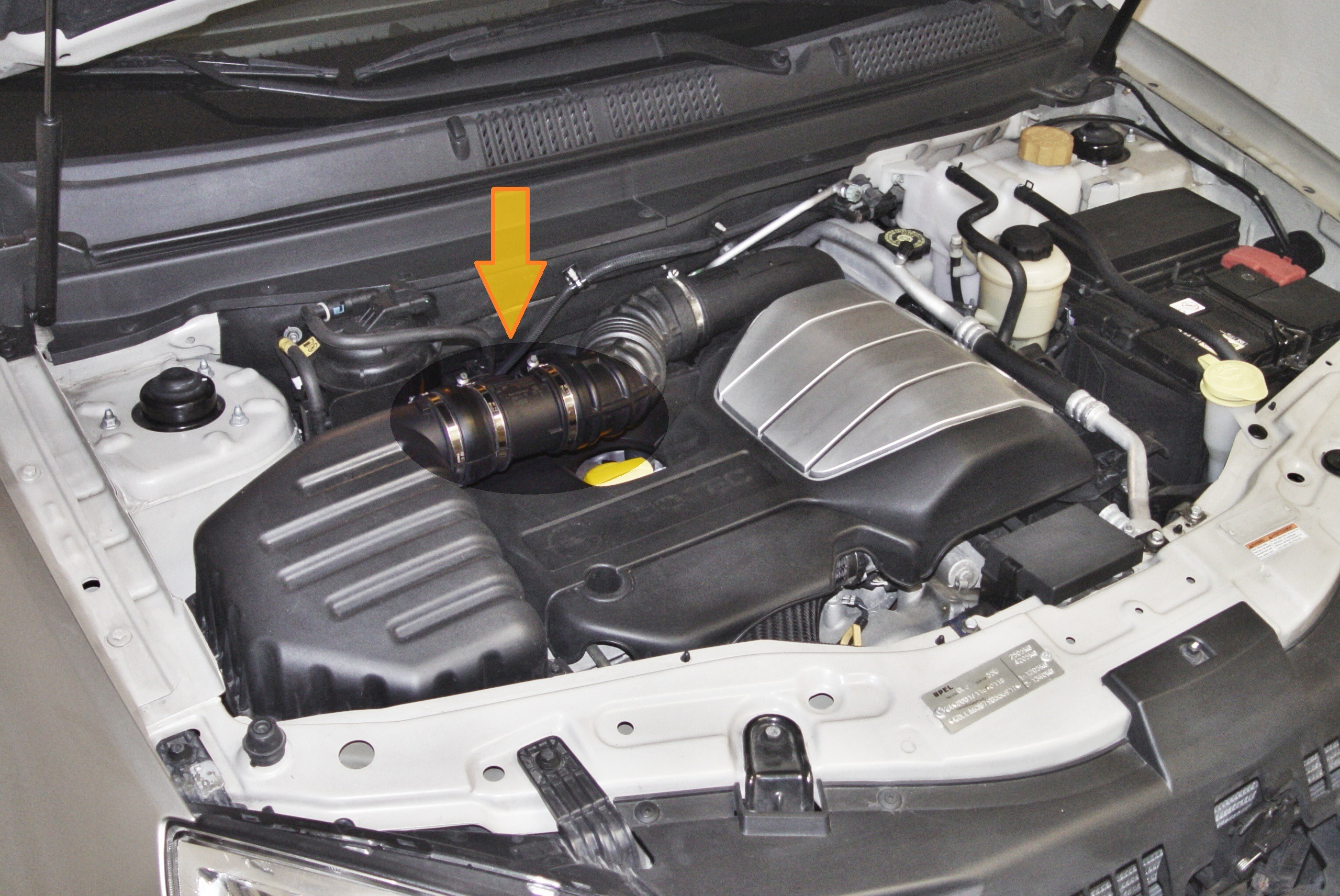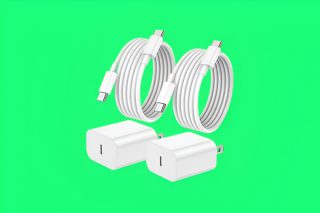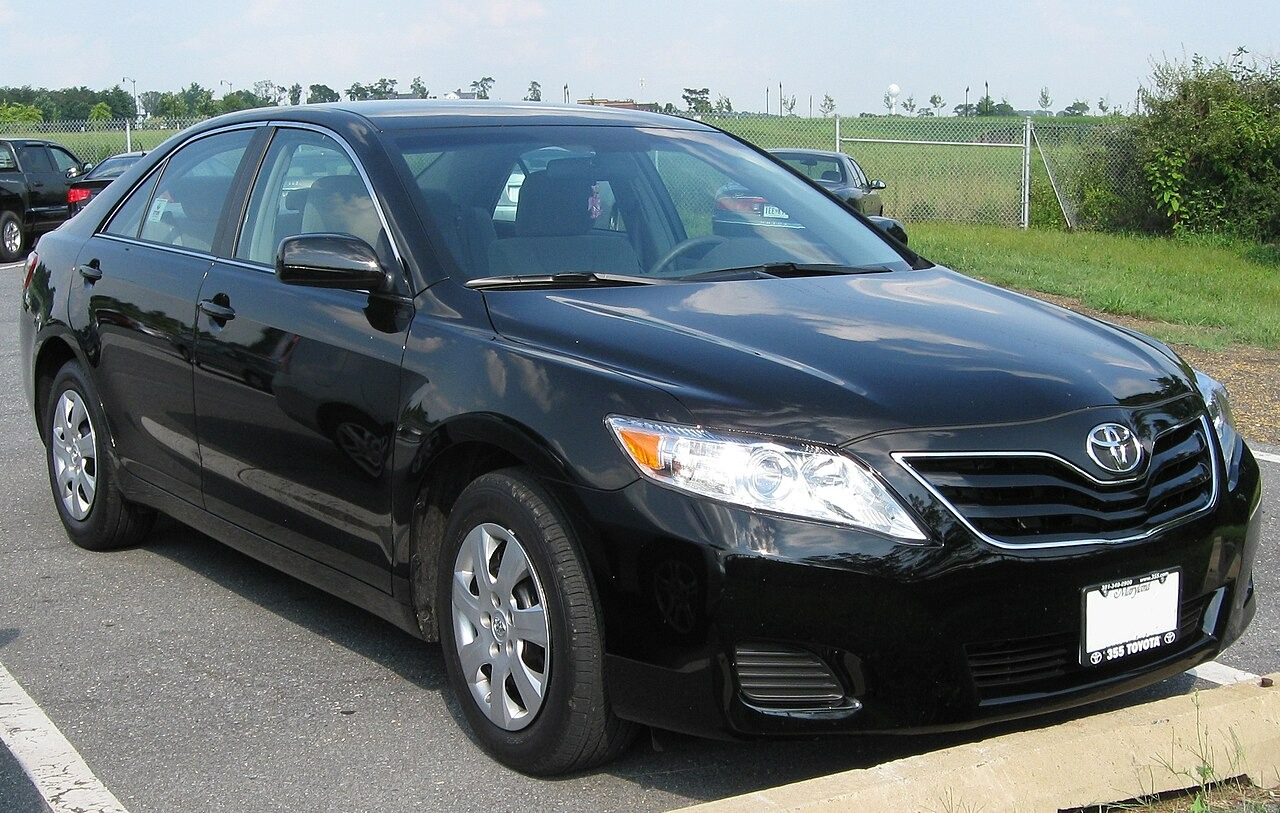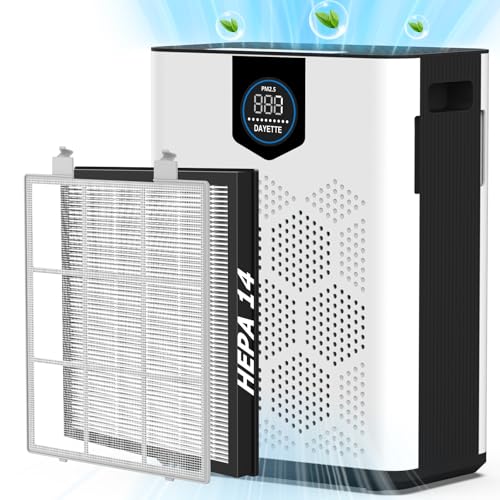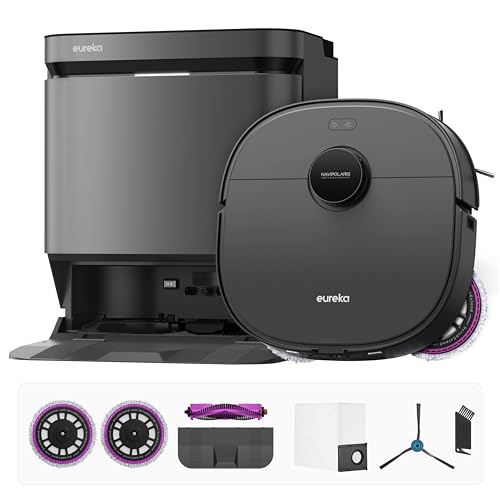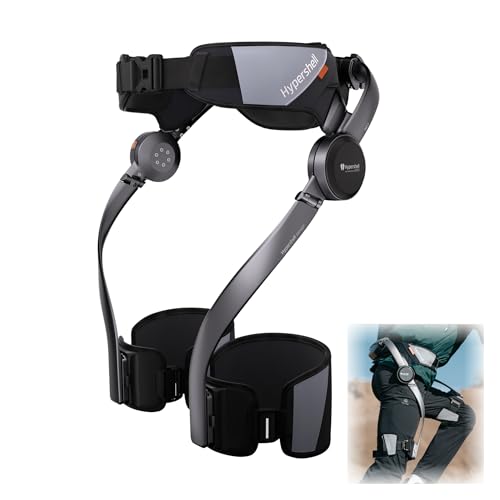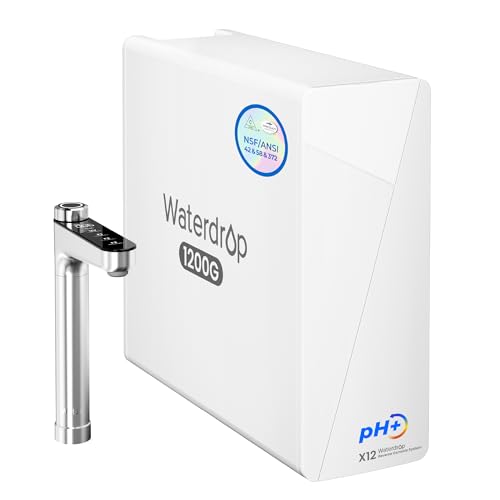You change your oil religiously every 5,000 miles and rotate tires like clockwork, but there’s one component failing on your car that you’ve probably never heard of. The mass air flow sensor ranks as the most frequently replaced electronic part in modern American vehicles, yet most drivers discover it only when facing a $250-$400 repair bill.
What This Hidden Component Actually Does
The MAF sensor sits between your air filter and engine, measuring exactly how much air enters for combustion. Think of it as your engine’s respiratory therapist—it tells the computer how much fuel to inject based on airflow data. When this sensor gets dirty or fails, your engine starts guessing instead of knowing, leading to rough idling, poor acceleration, and eventually that dreaded check engine light.
The Expensive Symptoms You Can’t Ignore
Early symptoms feel subtle—slight hesitation during acceleration or a rougher idle than usual. Your fuel efficiency drops, but not dramatically enough to notice immediately. Then comes the check engine light with diagnostic codes P0171 or P0174, followed by stalling, hard starts, and complete sensor failure.
Replacement costs between $250-$400 installed, but here’s the kicker: the problem often repeats if you don’t address the root cause.
The $20 Fix That Prevents $400 Problems
If you’re tired of recurring sensor failures, the solution costs less than a tank of gas. MAF sensors fail primarily because dirty or cheap air filters let contaminants reach the sensor’s delicate wire elements. Replace your engine air filter every 12,000-15,000 miles with a quality part—especially if you drive in dusty conditions or stop-and-go traffic.
This simple maintenance step protects your sensor investment and prevents the expensive replacement cycle.
Why Mechanics Keep Seeing the Same Problem
Manufacturer bulletins and service advisors consistently trace elevated MAF sensor failures to neglected air intake maintenance. Unlike your smartphone updating apps automatically in the background, your car needs you to manually swap that filter. The irony? Drivers who never miss an oil change often ignore the one maintenance item that prevents their most expensive electronic component failures.


